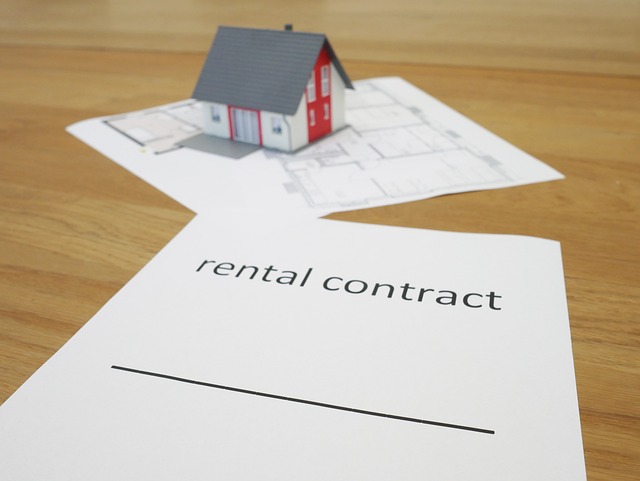The Complete Guide to Prefabricated Homes: Modern Housing Solutions
Prefabricated homes represent a revolutionary approach to modern housing construction, offering efficient, sustainable, and cost-effective alternatives to traditional building methods. These factory-built structures have evolved significantly from their early iterations, now featuring sophisticated designs, premium materials, and customization options that rival conventional homes while potentially reducing construction time by up to 50%.

Types of Prefabricated Housing Solutions
Modular homes represent the most comprehensive prefab solution, consisting of multiple sections (modules) that are joined together on-site. Container houses, repurposed from shipping containers, offer a sustainable option with industrial appeal. Panel-built homes utilize pre-made wall, floor, and roof sections that are assembled on-site. Each type serves different needs and preferences while maintaining the core benefits of prefabricated construction.
Benefits and Advantages of Prefab Construction
Prefabricated construction offers numerous advantages over traditional building methods. These include reduced construction time, lower labor costs, and minimal material waste. The controlled factory environment ensures superior quality control and weather-independent production. Additionally, prefab homes often incorporate energy-efficient features and sustainable materials, resulting in lower utility costs and reduced environmental impact.
Cost Considerations and Market Comparisons
| Home Type | Average Base Price | Typical Size Range | Time to Complete |
|---|---|---|---|
| Modular Home | $100,000-$200,000 | 1,000-3,000 sq ft | 3-4 months |
| Container Home | $30,000-$100,000 | 200-800 sq ft | 2-3 months |
| Panel-Built Home | $150,000-$250,000 | 1,500-3,500 sq ft | 4-6 months |
Prices, rates, or cost estimates mentioned in this article are based on the latest available information but may change over time. Independent research is advised before making financial decisions.
Design and Customization Options
Modern prefabricated homes offer extensive customization possibilities, from floor plans to finishing materials. Manufacturers now provide various architectural styles, from contemporary to traditional designs. Buyers can select interior finishes, exterior cladding, roof styles, and energy-efficient features. Many prefab homes incorporate smart home technology and sustainable building practices, making them increasingly attractive to environmentally conscious homeowners.
Construction Process and Timeline
The prefabricated home construction process typically follows a structured timeline. Initial site preparation occurs simultaneously with factory manufacturing, significantly reducing overall construction time. The foundation is prepared while modules are built in the factory, followed by transportation and on-site assembly. Final connections and finishing touches complete the process, resulting in a move-in ready home in about half the time of traditional construction methods.
Understanding the complete scope of prefabricated housing options helps potential homeowners make informed decisions about their housing investments. While prefab homes continue to evolve with technological advancements and innovative designs, they maintain their core benefits of efficiency, sustainability, and cost-effectiveness in modern housing construction.






